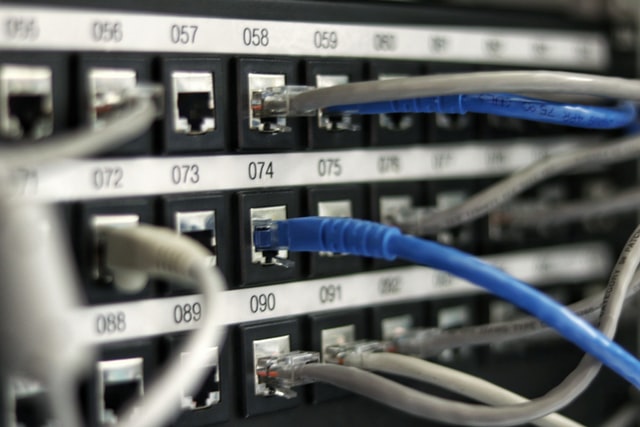What type of network should you choose for a workplace? A LAN or a WAN? In today’s world, both types of networks are widely accepted. However, there are some differences between them.
A Local Area Network (or LAN) is typically installed within a single office building, whereas a Wide Area Network (or WAN) connects multiple offices spread across several locations. Both LANs and WANs provide connectivity from one device to another over a wired or wireless connection.
What are the benefits of using a WAN for connectivity?
As mentioned earlier, a WAN provides interconnectivity that allows users from different locations to access information stored on a server via email, the internet, or your company intranet. A WAN can be built as part of an existing local area network (LAN), but it also offers advantages when used independently.
The following list gives you reasons why you may need to consider implementing a WAN:
1. High-Speed Internet Access
High-speed Wi-Fi connections usually work with only one user at a time, so they cannot accommodate more than one person working simultaneously on a computer. If you need high-speed access for more than two people in your organization, you will require a separate high-speed broadband connection from any kind of cable provider — such as Verizon FiOS or AT&T U-Verse — or even a satellite dish. This type of service requires a subscription plan.
2. Wireless Connectivity
Wireless technology has become popular because it offers flexibility and convenience. These days, many companies offer their employees mobile computers and laptop computers as well as smartphones and tablets that allow workers to connect to a corporate network wirelessly. A wireless network does not have hard-line limits, unlike a network connected by traditional copper or fiber-optic lines and play online Casino en ligne.

3. Remote Backup & Disaster Recovery
Because all devices in a WAN are interconnected together, if someone happens to lose a device, it would mean losing data stored in all other devices in the network as well. You can easily transfer important files to cloud storage sites like Dropbox or Google Drive for online backup purposes. To prevent such problems, you must ensure that you back up your devices regularly.
4. Better Security
Because WANs create larger security threats, the best way to secure this type of system is to isolate the network. You can use firewalls as well as software applications that block external traffic coming into the server. Also, physical barriers can significantly reduce the number of unauthorized individuals gaining access to critical parts of the network.
How does a WAN differ from a LAN?
In addition to connecting physically disparate places, a WAN can also span long distances by utilizing dial-up services such as T1 lines or ISDN. Because these technologies do not rely upon the cable, fiber optic lines, or microwave signals, they are much faster than their wired counterparts. They still require a dedicated telephone circuit to be established, though, which makes them quite expensive.
Another major difference between a LAN and a WAN is that a LAN is usually set up inside a single location while a WAN can range from smaller setups (in the case of a small business) to large multi-building enterprises. When planning out what type of setup your need, keep in mind how many buildings you want to include in your network and whether they are located adjacent to each other.
Which is better: Ethernet or Wi-Fi?
While both Ethernet cables and Wi-Fi networks can provide reliable connectivity across a distance, Ethernet remains the gold standard. It’s widely accepted that it provides superior performance over Wi-Fi networks when used in an enterprise setting.
Although Wi-Fi has made significant improvements since its inception, it is generally regarded as inferior to the standards offered by Ethernet. Some businesses use both types of networking technologies depending on the situation. However, the general rule is that if you’re using Wi-Fi, you should expect mediocre results.
